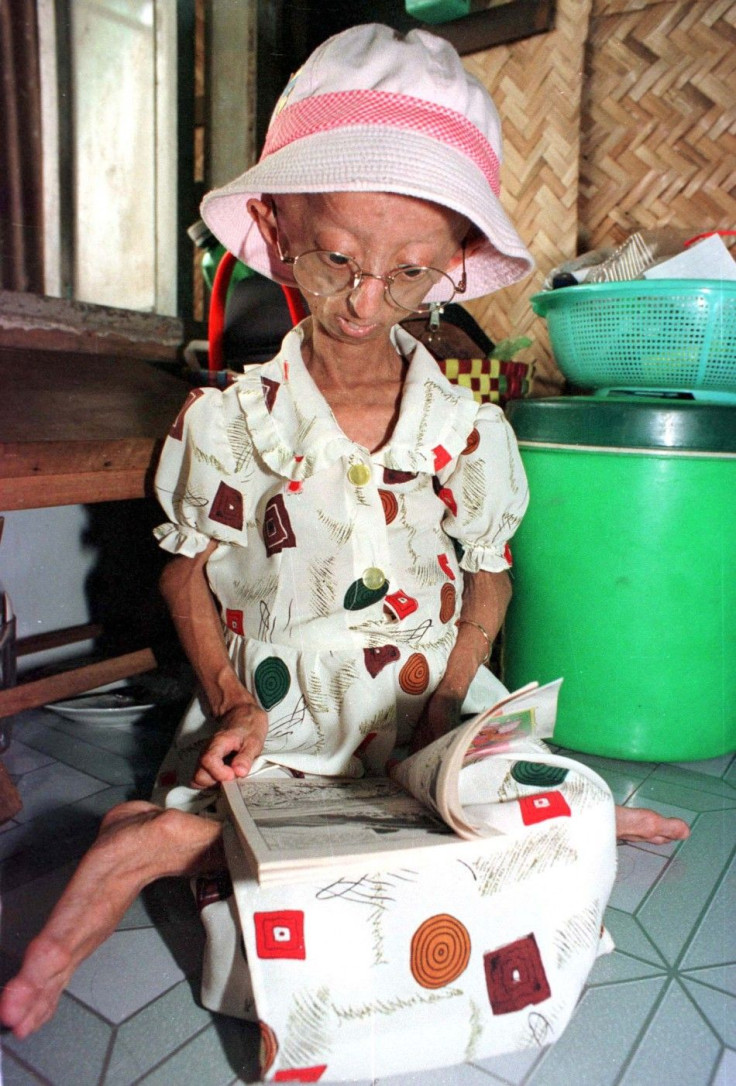First Black Child Diagnosed With Rare Aging Disease

Ontlametse Phalatse, a South African who is the first black child to be diagnosed with the rare aging disease progeria, calls herself the first lady and fantasizes about a future that may never come.
I call myself a first lady because I'm the first black child with this disease... Which other black child do you know with this disease? she said, in an interview with The Associated Press.
The fatal genetic condition, which accelerates the aging process, affects approximately 80 children in the world, according to the Progeria Research Foundation. The organization identified Phalatse,12, as the first black child to be diagnosed with the fatal ailment.
Audrey Gordon, the foundation's executive director, told the news source that only two Africans have been diagnosed - the other being a 5-year-old Caucasian girl. However, she said there are several children in Africa, China and Russia who likely have the disease but have not been diagnosed due to a lack of medical care.
Phalatse's mother, Bellon Phalatse, told The AP that while her daughter was born looking normal, she suffered from constant rashes and had what appeared to be a skin disease by the time she was three months old.
Despite their ethnic backgrounds, children with progeria have remarkably similar physical features: small and bald with oversized heads, gnarled hands, thinning skin. Children usually begin to display characteristics of the disease -- which also includes hip dislocation, stiff joints, heart disease and stroke -- at around 18 to 24 months. Most children with progeria don't live past age 13.
The condition is caused by mutation in the gene called LMNA, which produces the Lamin A protein. The protein essentially holds the nucleus of a cell together; researchers believe the defective Lamin A protein makes the nucleus unstable, leading to the process of premature aging.
More than 130 cases of the ailment -- which was reportedly the inspiration for the backwards-aging disease that afflicted the title character of The Curious Case of Benjamin Button -- have been reported in scientific literature since 1886.
© Copyright IBTimes 2024. All rights reserved.





















